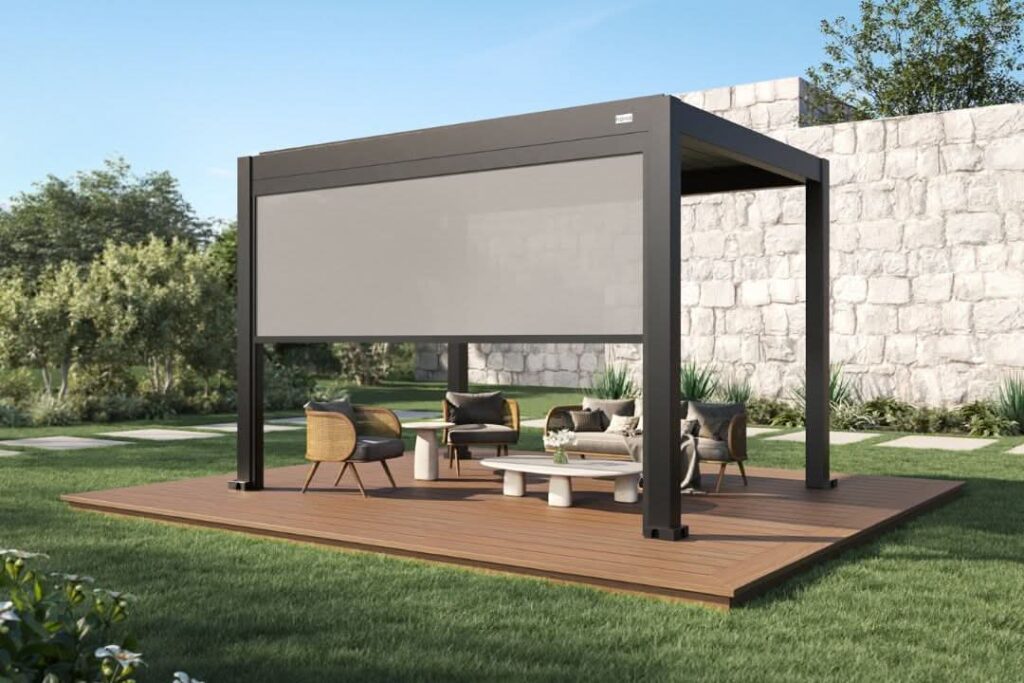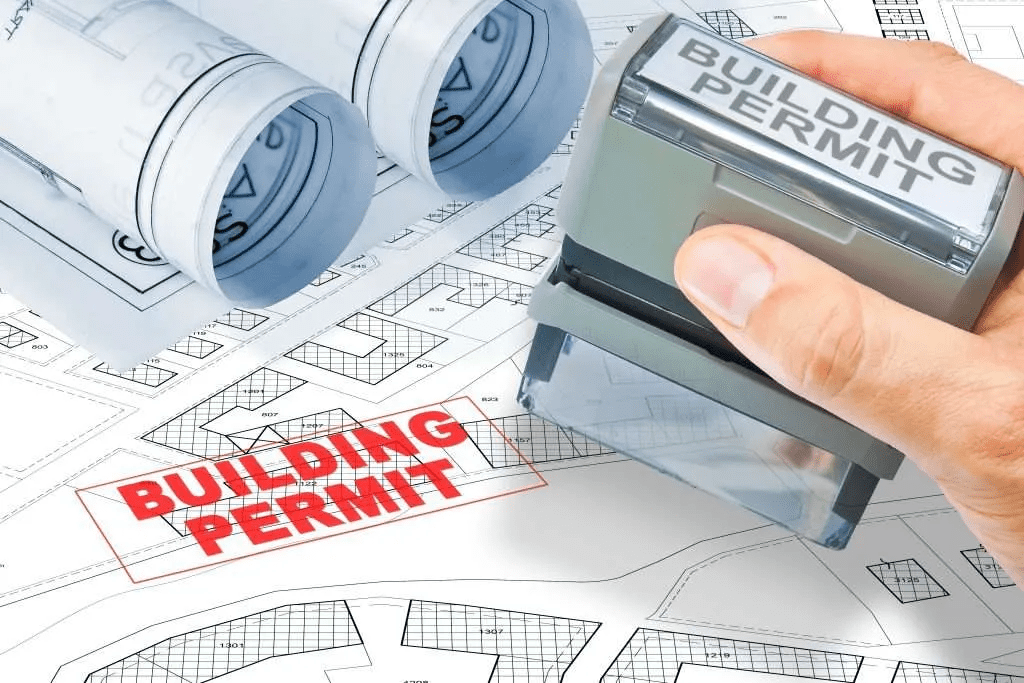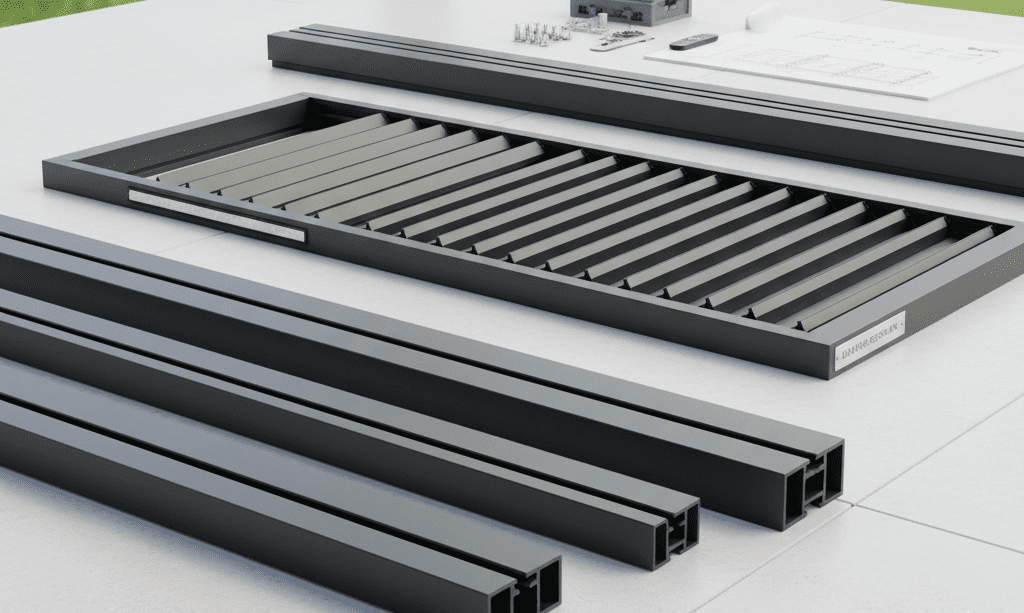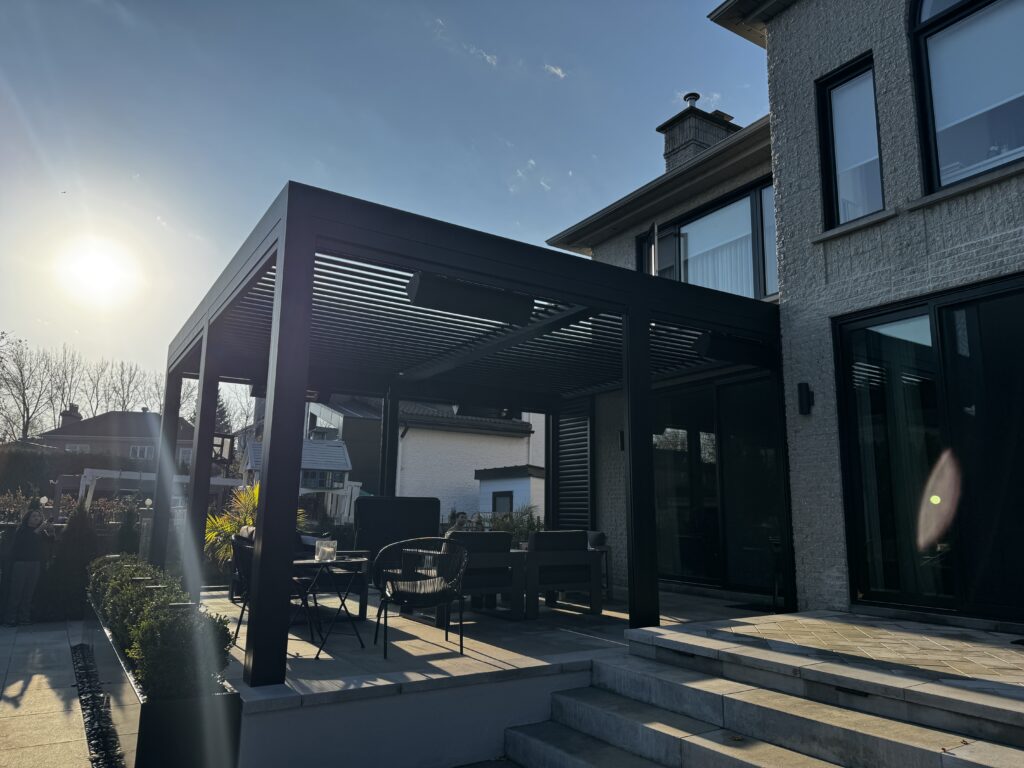What is a Pergola?What Do You Need to Know?
If you’re feeling overwhelmed by questions about purpose, permits, and price, you’ve come to the right place.

Your Starting Point
This guide will walk you through the four biggest questions every first-time pergola planner has. We’ll give you the clear, straightforward answers you need to start your project with confidence.
What is the Point of a Pergola?
A pergola is an outdoor structure consisting of columns that support a roofing grid of beams and rafters. This grid may be left open or covered to create an area sheltered from the sun.
Unlike a Pergola, which has a solid, continuous roof, a pergola’s primary purpose is to provide partial shade and create a defined, stylish outdoor living space.
What is the Purpose of a Pergola?
The primary purpose of a pergola is to enhance an outdoor space. Its key functions include:
- ✔Providing partial or complete shade with an open or louvered roof.
- ✔Defining a specific outdoor area, such as a dining or lounging space.
- ✔Boosting a home’s aesthetic appeal and potentially increasing its resale value.
- ✔Supporting climbing plants like vines or wisteria to create a living canopy.
- ✔As the starting point of the outdoor space, install lamps or additional functions to enhance the outdoor living experience.
A well-chosen pergola does more than just provide shade; it creates an architectural focal point in your backyard. It can transform an unused patio into a functional and inviting outdoor room, significantly expanding your home’s living area.
Focus on Investment
For homeowners focused on investment, a high-quality, permanent pergola is a desirable feature that can positively impact your home’s value and curb appeal.
The First Hurdle: Do You Need a Permit for a Pergola?

This is often the most confusing and intimidating question for homeowners, but addressing it upfront can save you a lot of headaches later.
Whether you need a permit for a pergola typically depends on its size, height, and whether it’s attached to your house.
As of September 2025, if your pergola plans meet any of the following criteria, you’ll likely need to apply for a local permit before installing it:
- Is it over a certain size (e.g., larger than 120-200 square feet).
- Exceeds a specific height (e.g., taller than 10-12 feet).
- Is it permanently attached to the structure of your home.
- Includes integrated electrical wiring (for lights/fans) or gas lines (for heaters).
- Is it being built on a raised deck that requires its own structural integrity verification.
I know, someone must ask at this time:
what happens if you build a pergola without a permit?
Potential Consequences
The consequences can be serious, ranging from hefty fines to a demolition order from your local municipality. Furthermore, if you live in a community with a Homeowners Association (HOA), you will likely need their approval as well, regardless of municipal requirements.
Always Verify Locally
While these are common guidelines, regulations can vary significantly. We always recommend consulting your local building department’s website. If you’d like to learn more about the general standards that inform these rules, you can reference guides from non-commercial authorities like the Conseil international du code (ICC). Properly checking these rules is a critical step in our 9-Point Pre-Purchase Checklist.
Understanding the Budget: How Much Does a Pergola Cost?
After confirming the legalities, your next big question is undoubtedly about the budget. The cost of a pergola is influenced by two main components: the price of the product itself and the cost of installation.
Typical Cost at a Glance
A basic, smaller DIY pergola kit might start around $1,500, while a large, high-end motorized aluminum pergola can exceed $10,000. Installation fees can add another $800 to $4,000+ to the total.
Because the final price depends on so many factors—size, material, features, and your local labor market—understanding the details is key to creating an accurate budget. This is a complex topic, so we’ve created several in-depth guides to help you plan.
A Quick Look at Your Main Choices
Once you have a handle on permits and budget, you can start exploring the exciting options that will define your pergola’s style and function. Here are the three main choices you’ll make:
Matériel

The material is the foundation of your pergola’s look, durability, and maintenance needs. While traditional wood offers a classic aesthetic, modern aluminum is prized for its low maintenance and weather resistance.
For a detailed comparison, see our guide: Aluminum Pergola vs. Wood Pergola →
Installation Method
Will your pergola stand on its own in the yard, or will it be attached to your house? Freestanding models offer placement flexibility, while attached models can feel like a natural extension of your home.
Learn more in our Analysis of Pergola Installation Methods →
Shading Style
How much protection from the elements do you need? A traditional pergola provides partial shade, while a gazebo offers a fully waterproof roof. A modern louvered pergola gives you the best of both worlds, with adjustable slats that can open for sun or close for rain.
Explore the differences in our Pergola vs. Gazebo comparison →
Conclusion: Your Journey Starts with a Plan
As you can see, planning your first pergola involves a few key steps: understanding its purpose, clarifying the permit requirements, setting a realistic budget, and knowing your main design choices. By tackling these questions systematically, you can move forward with clarity and confidence.
Ready for the Next Step?
Now that you have the foundational knowledge, the next exciting step is to explore what makes a great pergola and who you can trust to provide it.



